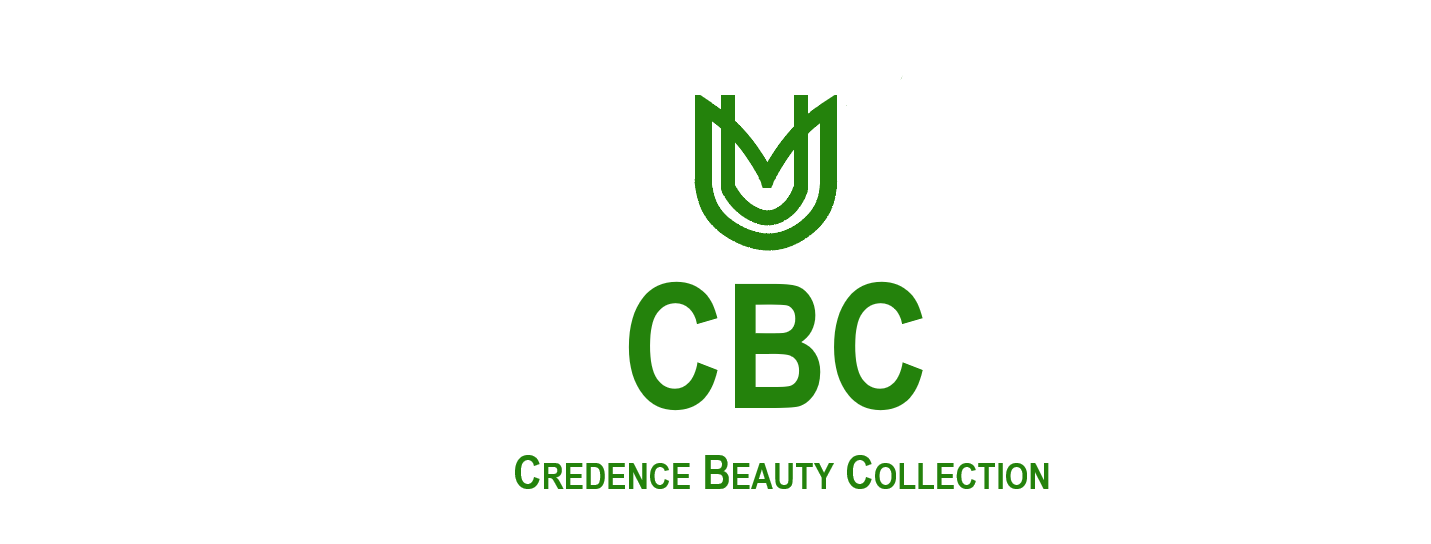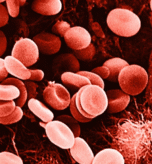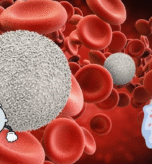Beauty standards have been a cornerstone of human culture for centuries, influencing the way we perceive ourselves and others. From ancient civilizations to modern times, beauty ideals have undergone significant transformations, reflecting changing societal values, cultural norms, and technological advancements. This article will explore the evolution of beauty standards, highlighting key milestones and trends that have shaped our understanding of beauty.
Ancient Civilizations (3000 BCE – 500 CE)
In ancient cultures, beauty was often associated with fertility, strength, and spiritual power. For example:
- Ancient Egypt (circa 2500 BCE): Beauty standards emphasized symmetrical features, smooth skin, and elaborate hairstyles. Women wore heavy makeup, including malachite eye shadow and kohl eyeliner, to signify social status and spiritual protection.
- Ancient Greece and Rome (circa 500 BCE – 500 CE): The classical ideal of beauty emphasized proportion, balance, and harmony. Artists depicted the human form in its most perfect and symmetrical state, influencing Western beauty standards for centuries to come.
Middle Ages to Renaissance (500 – 1700 CE)
During the Middle Ages, beauty standards were heavily influenced by religious and moral ideals. Pale skin, signifying wealth and spirituality, became a coveted feature. In the Renaissance, classical Greek and Roman ideals were revived, emphasizing proportion, beauty, and humanism.
18th and 19th Centuries (1700 – 1900 CE)
The Enlightenment and Industrial Revolution brought significant changes to beauty standards:
- Rococo Era (circa 1720s): Beauty ideals emphasized delicate features, pale skin, and ornate hairstyles.
- Victorian Era (circa 1830s): Modesty and restraint defined beauty standards, with an emphasis on pale skin, delicate features, and modest dress.
20th Century (1900 – 2000 CE)
The 20th century saw a proliferation of beauty standards, driven by mass media and consumer culture:
- 1920s: The flapper era celebrated youthful, athletic beauty, with bobbed hair and shorter hemlines.
- 1950s: Hollywood glamour emphasized curvy figures, full lips, and voluptuous hairstyles.
- 1960s: The counterculture movement promoted natural beauty, with an emphasis on minimal makeup and free-spirited styles.
- 1980s: The supermodel era celebrated tall, thin, and toned physiques, with an emphasis on luxury and excess.
21st Century (2000 CE – present)
The digital age has transformed beauty standards, with social media and celebrity culture playing significant roles:
- Social Media: Platforms like Instagram and TikTok have created new beauty ideals, emphasizing self-expression, diversity, and inclusivity.
- Celebrity Culture: Celebrities and influencers have become beauty icons, promoting a wide range of beauty standards and products.
- Body Positivity: The body positivity movement has challenged traditional beauty standards, promoting self-acceptance and self-love.
Key Trends and Takeaways
- Beauty standards are culturally and historically relative, reflecting changing societal values and cultural norms.
- Mass media and consumer culture have significantly influenced beauty standards, shaping our perceptions of beauty and identity.
- The evolution of beauty standards reflects a complex interplay between technological advancements, cultural exchange, and social change.
In conclusion, the evolution of beauty standards is a rich and complex topic, influenced by a wide range of historical, cultural, and social factors. By understanding the historical context of beauty standards, we can better appreciate the diversity of human experience and promote a more inclusive and accepting definition of beauty



